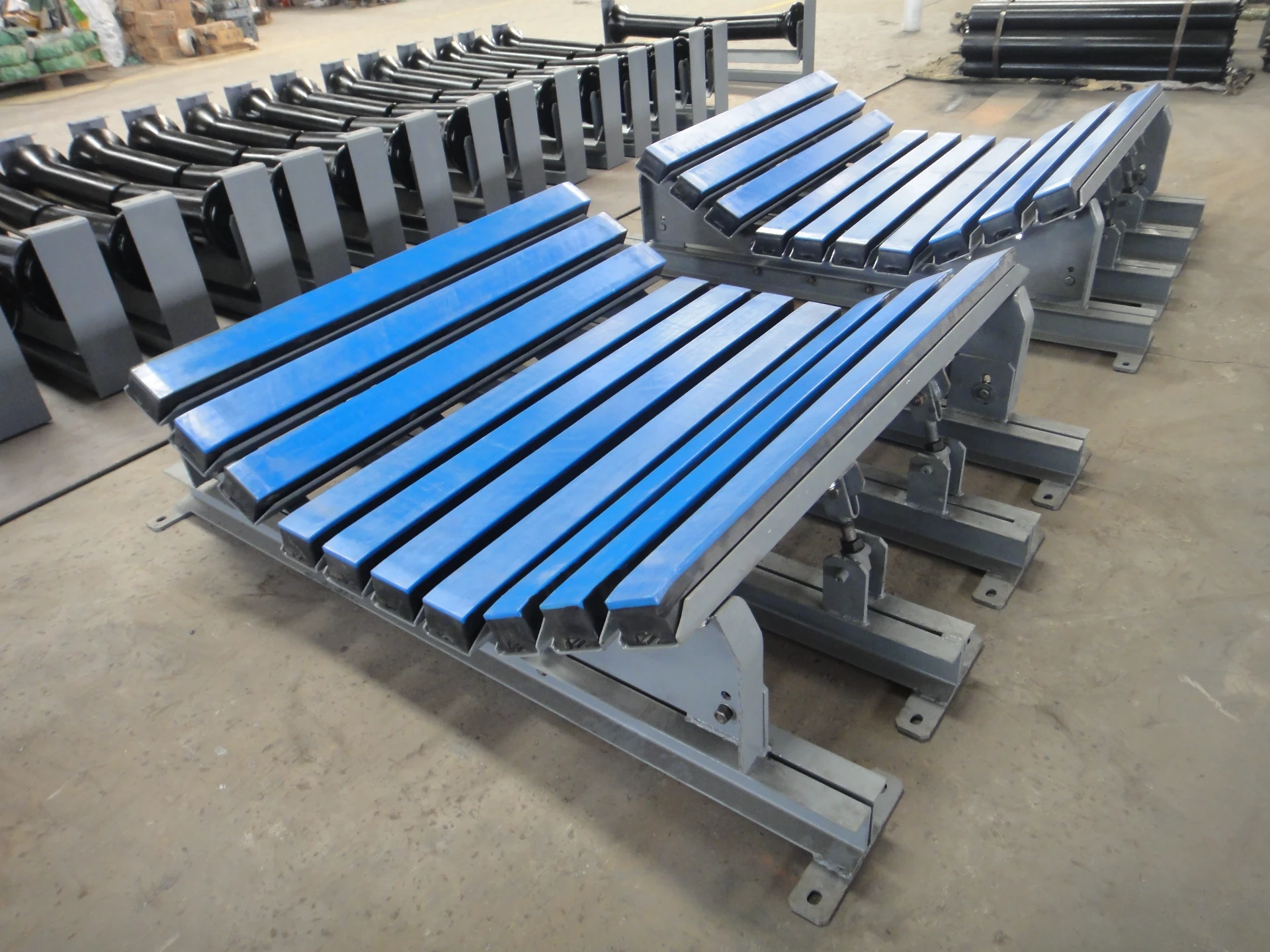 Afrikaans
Afrikaans  Albanian
Albanian  Amharic
Amharic  Arabic
Arabic  Armenian
Armenian  Azerbaijani
Azerbaijani  Basque
Basque  Belarusian
Belarusian  Bengali
Bengali  Bosnian
Bosnian  Bulgarian
Bulgarian  Catalan
Catalan  Cebuano
Cebuano  Corsican
Corsican  Croatian
Croatian  Czech
Czech  Danish
Danish  Dutch
Dutch  English
English  Esperanto
Esperanto  Estonian
Estonian  Finnish
Finnish  French
French  Frisian
Frisian  Galician
Galician  Georgian
Georgian  German
German  Greek
Greek  Gujarati
Gujarati  Haitian Creole
Haitian Creole  hausa
hausa  hawaiian
hawaiian  Hebrew
Hebrew  Hindi
Hindi  Miao
Miao  Hungarian
Hungarian  Icelandic
Icelandic  igbo
igbo  Indonesian
Indonesian  irish
irish  Italian
Italian  Japanese
Japanese  Javanese
Javanese  Kannada
Kannada  kazakh
kazakh  Khmer
Khmer  Rwandese
Rwandese  Korean
Korean  Kurdish
Kurdish  Kyrgyz
Kyrgyz  Lao
Lao  Latin
Latin  Latvian
Latvian  Lithuanian
Lithuanian  Luxembourgish
Luxembourgish  Macedonian
Macedonian  Malgashi
Malgashi  Malay
Malay  Malayalam
Malayalam  Maltese
Maltese  Maori
Maori  Marathi
Marathi  Mongolian
Mongolian  Myanmar
Myanmar  Nepali
Nepali  Norwegian
Norwegian  Norwegian
Norwegian  Occitan
Occitan  Pashto
Pashto  Persian
Persian  Polish
Polish  Portuguese
Portuguese  Punjabi
Punjabi  Romanian
Romanian  Russian
Russian  Samoan
Samoan  Scottish Gaelic
Scottish Gaelic  Serbian
Serbian  Sesotho
Sesotho  Shona
Shona  Sindhi
Sindhi  Sinhala
Sinhala  Slovak
Slovak  Slovenian
Slovenian  Somali
Somali  Spanish
Spanish  Sundanese
Sundanese  Swahili
Swahili  Swedish
Swedish  Tagalog
Tagalog  Tajik
Tajik  Tamil
Tamil  Tatar
Tatar  Telugu
Telugu  Thai
Thai  Turkish
Turkish  Turkmen
Turkmen  Ukrainian
Ukrainian  Urdu
Urdu  Uighur
Uighur  Uzbek
Uzbek  Vietnamese
Vietnamese  Welsh
Welsh  Bantu
Bantu  Yiddish
Yiddish  Yoruba
Yoruba  Zulu
Zulu Head Roller for Conveyor Systems Efficient Performance and Durability
Understanding Conveyor Head Rollers Their Importance and Functionality
Conveyor systems play a pivotal role in modern industries, facilitating the efficient movement of goods and materials. At the core of these systems lies a critical component known as the conveyor head roller. Understanding the significance and functionality of this component is essential for anyone involved in the design, maintenance, or operation of conveyor systems.
What is a Conveyor Head Roller?
A conveyor head roller, also often referred to as a drive roller, is typically located at the end of a conveyor belt. It serves two primary purposes to drive the belt and to create tension within the conveyor system. Head rollers are designed to rotate and propel the belt forward, enabling the continuous movement of materials along the conveyor path.
These rollers can come in various sizes, shapes, and materials, depending on the application requirements. Common materials used for head rollers include rubber, steel, or polyurethane, each chosen based on the type of materials being conveyed, the environment, and the required durability.
The Role of Conveyor Head Rollers in Operations
1. Drive Mechanism The head roller is connected to a motor that generates the necessary torque to move the conveyor belt. The motor's power is transferred through the head roller, which rotates and drives the belt forward. This ensuring that materials can be transported efficiently from one location to another.
2. Tension Control Proper tension is essential for the effective operation of a conveyor system. If the belt is too loose, it may slip or create uneven tracking, leading to material spillage and increased wear on the belt and rollers. Conversely, excessive tension can damage the belt or the system itself. Head rollers often come equipped with adjustable tensioning systems, allowing operators to modify the tightness of the belt as needed.
3. Material Handling The design of head rollers can also influence the type of materials being conveyed. For instance, head rollers can be covered with different materials or textures to increase grip and minimize slippage, particularly when handling heavier or bulkier items.
conveyor head roller

4. Conveying Efficiency The efficiency of a conveyor system is heavily influenced by the head roller's design. Features such as surface texture, diameter, and alignment directly impact how smoothly materials move along the conveyor. Optimized head rollers contribute to reduced wear and tear on the system, decreased downtime, and ultimately, lower operational costs.
Maintenance Considerations
Like all mechanical components, conveyor head rollers require regular maintenance to ensure optimal performance. Here's a breakdown of key maintenance practices
- Inspections Regularly inspect the head roller for signs of wear, alignment issues, or damage. Early detection of problems can prevent costly repairs and downtime.
- Lubrication Ensure that bearings and moving parts are properly lubricated to minimize friction and prevent overheating.
- Cleaning Keep the roller free of debris and dust that could impede its functionality or that of the conveyor belt.
- Alignment Check Misalignment can lead to uneven wear on the belt and the roller itself, so adjustments should be made to maintain proper alignment.
Conclusion
Conveyor head rollers are crucial components of conveyor systems, ensuring the efficient movement of materials while maintaining proper tension and alignment. Understanding their importance and functionality is vital for operators and maintenance personnel alike. Regular attention to the condition and performance of head rollers can lead to enhanced conveying efficiency and longer equipment lifespans. Whether in manufacturing, logistics, or any industry that relies on conveyor systems, acknowledging the role of head rollers is essential in the quest for operational excellence. As industries evolve, continual improvements in roller design and technology will undoubtedly enhance the effectiveness of conveyor systems in the years to come.
-
Revolutionizing Conveyor Reliability with Advanced Rubber Lagging PulleysNewsJul.22,2025
-
Powering Precision and Durability with Expert Manufacturers of Conveyor ComponentsNewsJul.22,2025
-
Optimizing Conveyor Systems with Advanced Conveyor AccessoriesNewsJul.22,2025
-
Maximize Conveyor Efficiency with Quality Conveyor Idler PulleysNewsJul.22,2025
-
Future-Proof Your Conveyor System with High-Performance Polyurethane RollerNewsJul.22,2025
-
Driving Efficiency Forward with Quality Idlers and RollersNewsJul.22,2025





























